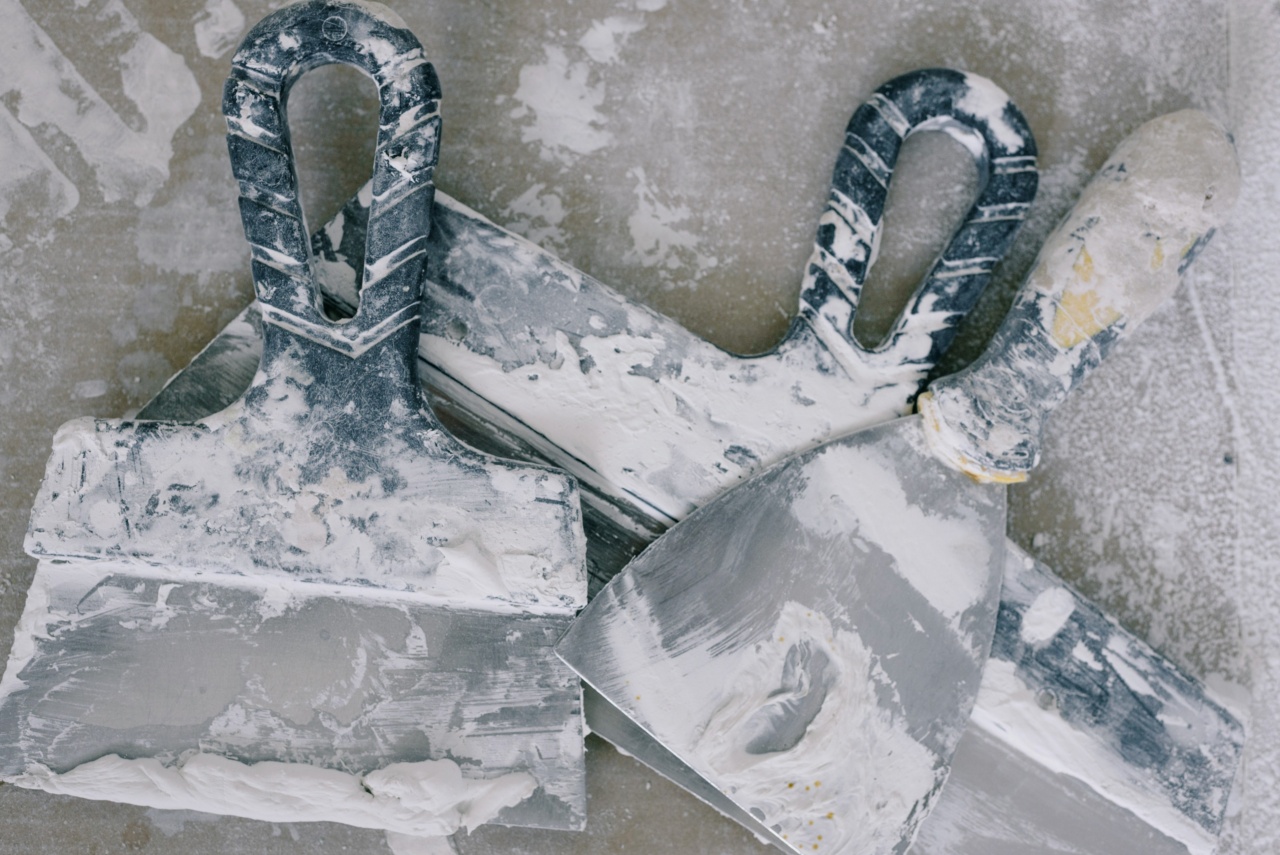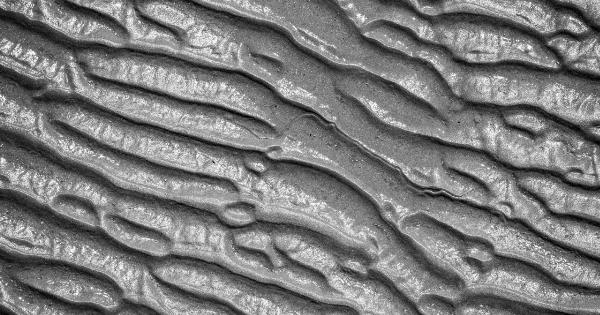Bile is a crucial digestive fluid that plays a vital role in the breakdown and absorption of fats in the body. It is produced by the liver and stored in the gallbladder, from where it is released into the small intestine to aid in the digestion process.
While bile is typically a yellowish-green color, certain conditions can cause it to become dark or even appear muddy. This article aims to provide insights into the causes, symptoms, and methods of identifying mud in bile.
What Causes Mud in Bile?
There are several factors that can contribute to the formation of mud-like bile. These include:.
1. Gallstones: Gallstones are hardened deposits that form in the gallbladder. When they obstruct the bile ducts, they can alter the composition and color of bile, leading to the formation of mud in bile.
2. Biliary Sludge: Biliary sludge refers to a thickened, gel-like substance that accumulates in the gallbladder or bile ducts. It is composed of a mixture of bile components, such as cholesterol crystals, calcium salts, and mucin.
Biliary sludge can give bile a muddy appearance.
3. Infections: Bacterial or parasitic infections of the liver and biliary system can cause inflammation and disrupt the normal production and flow of bile. This disruption can result in the formation of mud-like bile.
4. Liver Diseases: Certain liver diseases, such as hepatitis or cirrhosis, can impair liver function and affect the composition of bile. This can cause the bile to become thick and muddy.
5. Medications: Some medications, such as certain antibiotics and cholesterol-lowering drugs, may alter the composition of bile and contribute to the formation of mud in bile.
Spotting the Symptoms
Mud in bile can manifest through various symptoms, including:.
1. Dark Urine: Changes in the composition of bile can result in darker urine. If you notice that your urine has become significantly darker than usual, it may indicate the presence of mud in bile.
2. Pale Stools: On the contrary, bile plays a role in the coloration of stools. The presence of mud in bile can cause stools to become pale or clay-colored.
3. Abdominal Pain: The presence of gallstones or biliary sludge can lead to intermittent or constant abdominal pain, especially in the upper right region of the abdomen. This pain may worsen after consuming fatty or greasy foods.
4. Nausea and Vomiting: Mud in bile can cause digestive disturbances, leading to feelings of nausea and occasional vomiting.
5. Jaundice: In some cases, mud in bile can cause a condition called jaundice, which is characterized by yellowing of the skin and eyes. Jaundice occurs when bilirubin, a pigment found in bile, accumulates in the body.
Diagnosis and Treatment
If you suspect that you may have mud in bile, it is vital to seek medical attention for an accurate diagnosis and appropriate treatment. The diagnostic process may involve:.
1. Physical Examination: Your doctor may perform a physical examination to assess any abdominal tenderness or unusual palpable masses.
2. Blood Tests: Blood tests can help determine liver function and identify any abnormalities in bile composition.
3. Imaging Tests: Imaging tests, such as ultrasounds or MRIs, may be conducted to visualize the gallbladder, bile ducts, and liver, allowing for the detection of gallstones, sludge, or other abnormalities.
4. Endoscopic Retrograde Cholangiopancreatography (ERCP): ERCP is a procedure that allows for the visualization of the biliary system using an endoscope. It can help identify any obstructions or abnormalities in the bile ducts.
The treatment approach for mud in bile depends on the underlying cause. In some cases, medication may be prescribed to dissolve gallstones or manage infections.
If necessary, surgical interventions such as cholecystectomy (removal of the gallbladder) may be recommended.
Prevention and Lifestyle Modifications
While some causes of mud in bile may not be preventable, there are steps you can take to promote healthy bile flow and minimize the risk of complications:.
1. Maintain a Balanced Diet: A diet low in saturated fats and cholesterol can reduce the risk of gallstone formation and promote overall liver health.
2. Stay Hydrated: Drinking an adequate amount of water can help dilute the bile and prevent the accumulation of sludge.
3. Regular Exercise: Engaging in physical activity can help control weight, maintain healthy cholesterol levels, and support proper digestion.
4. Limit Alcohol Consumption: Excessive alcohol consumption can have detrimental effects on liver function and bile production. It is important to consume alcohol in moderation or avoid it altogether.
5. Speak with a Healthcare Professional: If you have a history of liver or gallbladder issues, consult with your healthcare professional for appropriate guidance on preventive measures and monitoring.
Conclusion
Mud in bile is a condition that can result from various factors, including gallstones, biliary sludge, infections, liver diseases, and medications.
Recognizing the symptoms and seeking timely medical attention is crucial for an accurate diagnosis and appropriate treatment. By understanding the causes, symptoms, and preventive measures associated with mud in bile, individuals can make informed choices to promote liver health and overall well-being.




























